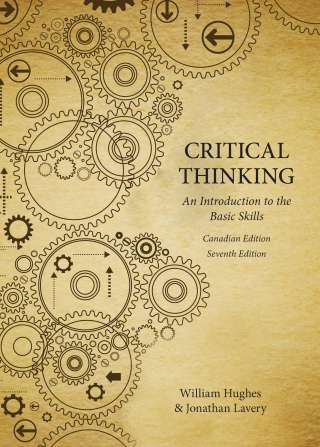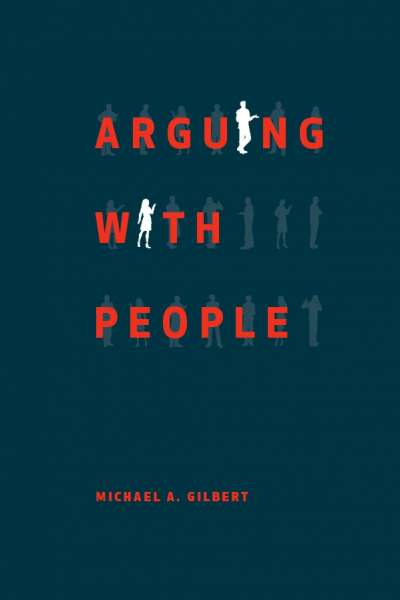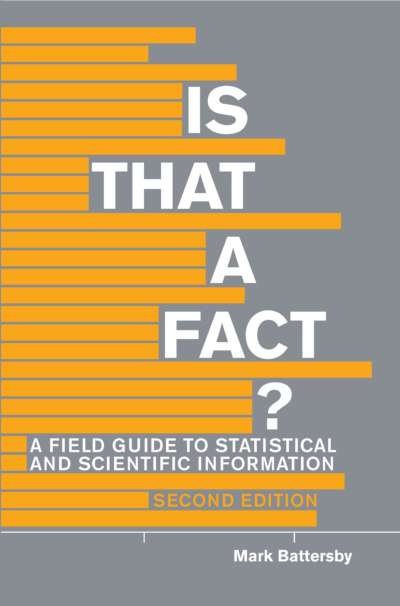Critical Thinking is a comprehensive introduction to the essential skills of good reasoning, refined and updated through seven editions published over more than two decades. This concise edition offers a succinct presentation of the essential elements of reasoning that retains the rigor and sophistication of the original text. The authors provide a thorough treatment of such central topics as deductive and inductive reasoning, logical fallacies, how to recognize and avoid ambiguity, and how to distinguish what is relevant from what is not. A companion website provides a range of interesting supplements, including interactive review materials, supplemental readings, and writing tips.
The larger, complete version of Critical Thinking is available in a Canadian edition and an American edition.
Comments
Comments on Critical Thinking: An Introduction to the Basic Skills:
“Here is a textbook of lasting value. It is accessible without being over-simplistic. It is unsurpassed in clarity and depth. And its examples, exercises, and questions for discussion offer the student unique and exciting materials for reflection and engagement.” — Ahmad Rahmanian, University of New Brunswick
“This textbook stands out from others for its clarity, which is due in large part to the conceptual organization of the material it covers. Rather than artificially carving out various aspects of critical thinking for individual treatment, the authors simply and carefully develop ideas, step by step. This approach makes clear how various aspects of careful, critical thinking come together, allowing students to develop their skills along the way.” — Joshua Smith, Central Michigan University
“I have been using Hughes (now Hughes & Lavery) since the first edition. I have occasionally tried other texts but have yet to find one I like as much. It has all the essential materials, it’s impeccably organized, and it’s clear and accessible to our students.” — Wayne I. Henry, University of the Fraser Valley












